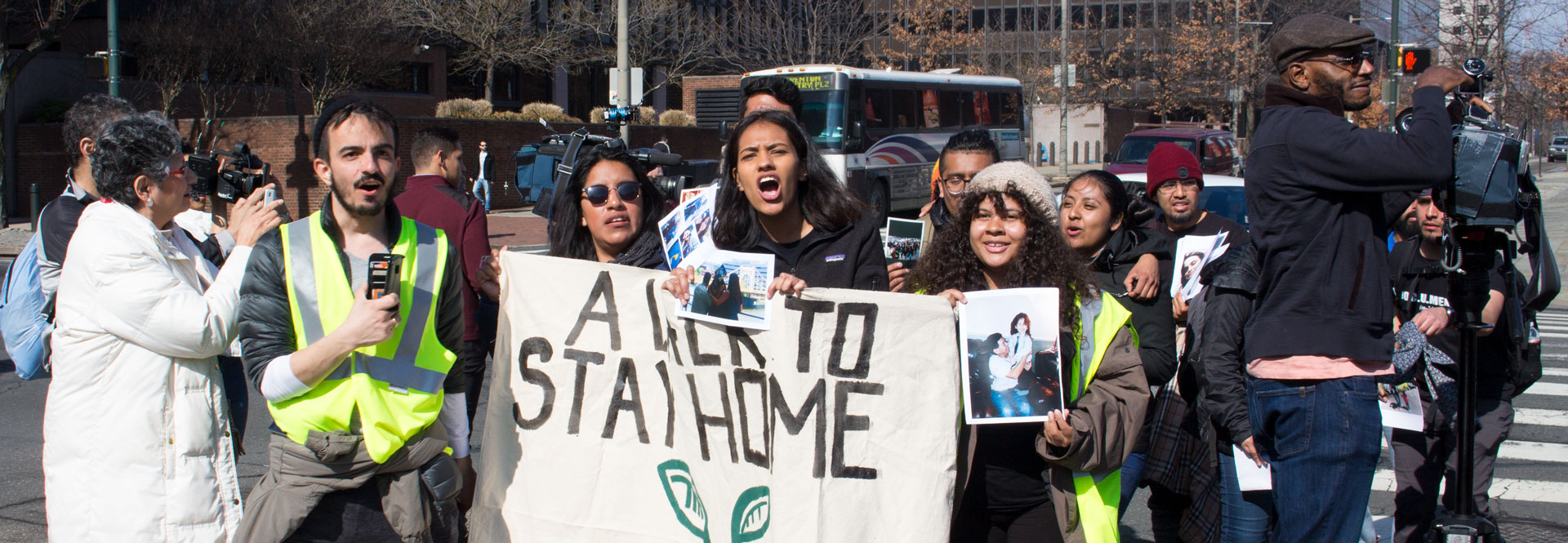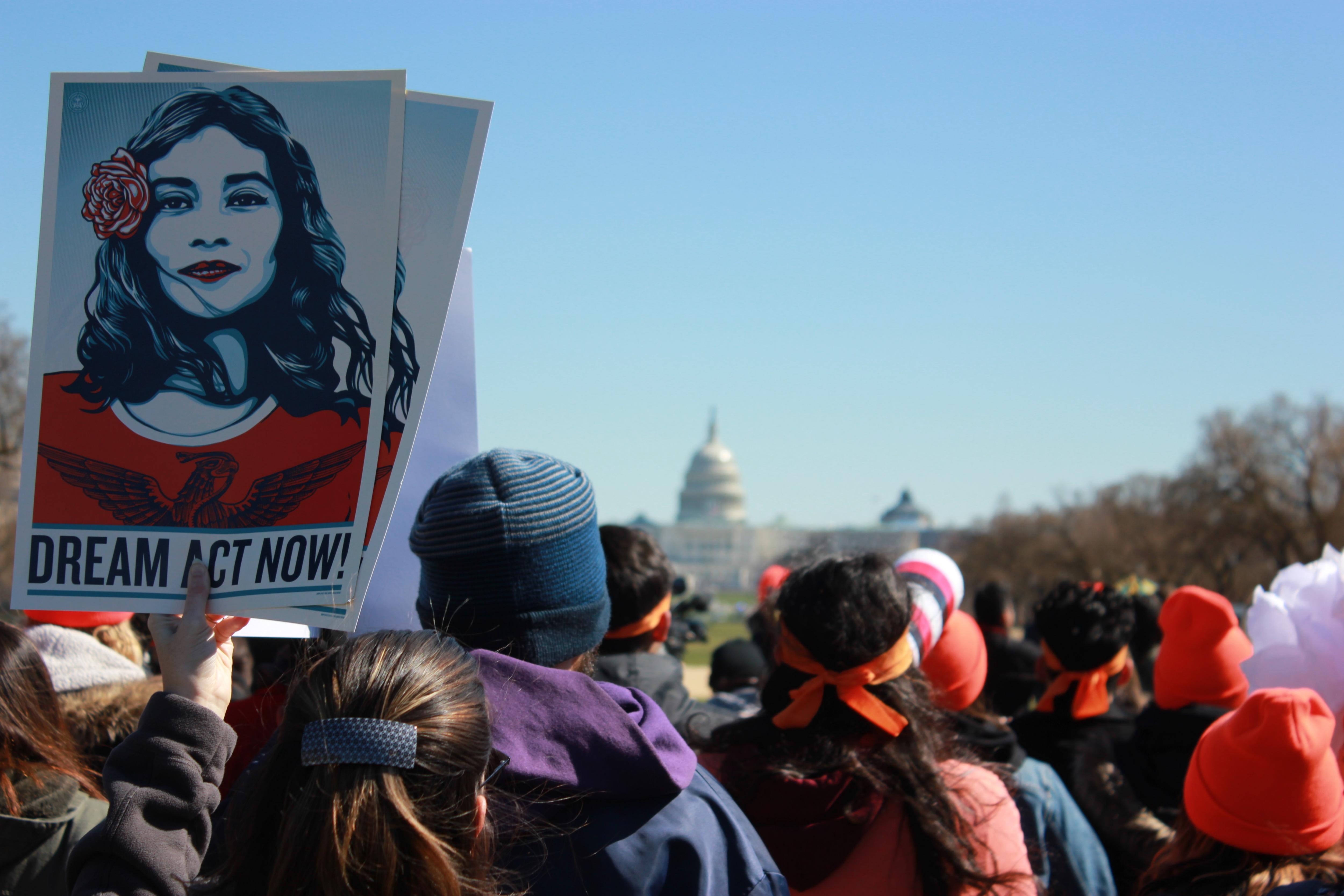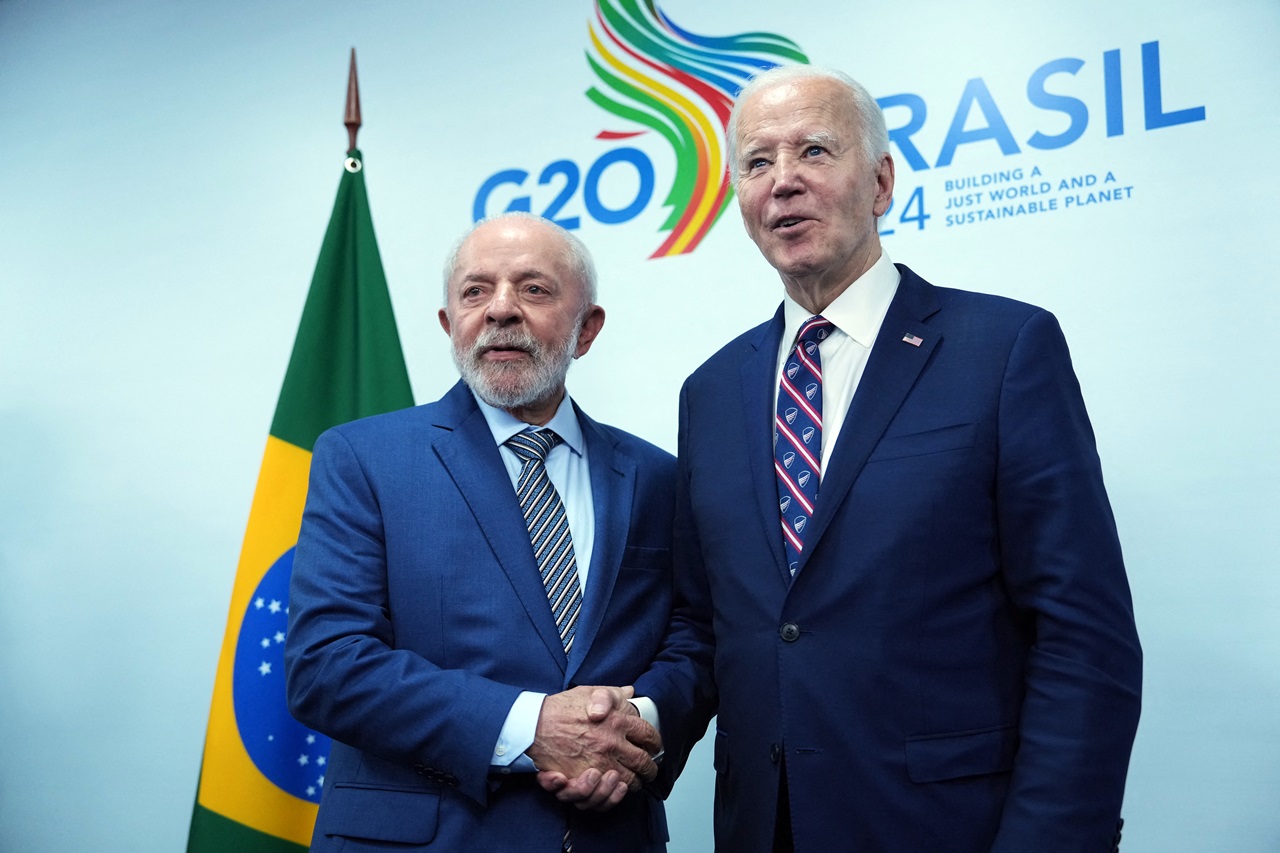
When getting sick is a luxury
The cost of illness isn't an option for Dreamers left without access to adequate healthcare.
Areli González is used to “trying not to get sick.” This is how she describes it, as if it were a common thing: people without health insurance in the United States, she explains, have to make a particular effort to not fall ill or have an accident. Because if they do, the cost can be very high.
In the United States, there are more than 11 million undocumented people, at least half of whom lack access to some kind of medical insurance. Although the economic situation of many people can often determine whether or not they have access to healthcare, their immigration status is also a significant factor: the majority of federal programs, as well as some state programs, require that the solicitor provide their Social Security number. If they don’t have one, they aren’t able to access these services.
Within this population, immigrant children in low-income families, the most vulnerable group, are more likely than their peers born in the United States to lack medical attention: only 47 percent of the first group regularly visits the doctor, compared to 69 percent of the latter, according to a report by the Migration Policy Institute (MPI).
In the case of Areli and her family, this has been the reality for most of their lives.
“Since we came to live here, when we’ve gotten sick we’ve gone to a family clinic in Corona, which is a place where they will see you even if you don’t have medical insurance; but either way we would have to pay, so we tried to not get sick,” González recalled. “The first time that they took me to register at school, my mother brought my vaccination records from Mexico. We had to go to translate them, because there were doubts about whether it was an official document, and they had to have me tested for tuberculosis. We paid for this out of our own pocket, because I have never had health care, or dental or vision care.”
Areli came to the United States when she was thirteen years old. Originally from Mexico City, she and her mom fled to the U.S. in 2005 to escape domestic violence: Areli’s father had problems with alcoholism, and abused her mother. Areli’s mother realized that the only way to get out of the situation was to put as much ground between them as possible.
When Areli arrived in California, her older siblings were already living there and were more or less established, with jobs and a place to live. Areli and her mother were able to use their tourist visas to join them and settle down in Corona.

“The day we left was a bit strange,” said Areli, pausing as she remembers. “It was very silent; we knew that we were leaving. At 13 years old I was already conscious of that: that I was going to leave behind my things, my house, my friends, and at the same time that there were going to be challenges. And I thought, ‘I have to be ok, to adapt as fast as possible in order to not cause any problems, to not feel bad.’”
Like the majority of children who have come to the U.S. as minors, Areli didn’t speak English, and so her first day in school was not easy. Moreover, the climate was very different from Mexico City; she realized that she was not prepared for the temperatures of Southern California, and a hotter summer. Knowing that she wasn’t equipped for some aspects of her new life had an impact on her. And later on, she would discover yet another difference between her country and this one: here, there are people who do not have access to health services simply because they do not have a social security number.
Although a focus of alarm is the lack of medical attention for undocumented children and youth, and the repercussions this has had on their future, with adults the situation is not very different. The same MPI report indicated that only six percent of adult immigrants who have a low income and lack healthcare use emergency medical services, compared to 14 percent of those in the same income bracket who also lack medical insurance, but are born in the United States.
Areli, who is now 26 years old, has spent half of her life negotiating lack of access, or costly access, to health services. But how, exactly, can a person “try to not get sick?”
The Dreamers, young undocumented youth who were brought to the United States by their families when they were minors and have received temporary protection through the DACA (Deferred Action for Childhood Arrivals) program, have become a bargaining chip for political debates on everything from the federal budget, immigration laws, and border security. However, in this push-pull of party and ideology, politicians sometimes lose sight of the rights that for a long time were not guaranteed, that were barely obtained recently, and that still could be lost.
It’s estimated that more than 800,000 youth have at some point been DACA beneficiaries, and that there are currently around 700,000 young people enrolled in the program. As is known, at the end of 2017 the Trump Administration ordered this measure to be rescinded, and declared March 5, 2018, as a deadline for Congress to present a legislative solution for the immigration status of these youth — something that Congress has so far failed to do.
The beneficiaries of DACA, who for most of their lives have experienced inequalities in terms of healthcare — as well as many other areas — now have some kind of access to these services, but even so, not all of them are eligible. Those who have been hired can receive insurance through their employers, and those who are studying in colleges and universities that have health programs can enroll in them. A survey published by the Center for American Progress (CAP), found that 57 percent of the DACA beneficiaries obtained health insurance or some other benefit through their employer. Those who aren’t in this situation, or enrolled in higher education, are able to obtain insurance through a private program – which is more costly, since government subsidies cannot be used. In each of the three cases, the threat of the cancellation of DACA would end all options available to these youth to care for their health.

When Areli tries to remember the last time she got sick and went to a doctor, she thinks for a moment: it was in February of this year, when her throat hurt, and the consultation and the medication cost her $200. In March she had to go to the dentist; they performed root canal therapy, at $1,500. Since she started working, Areli has taken care of the cost of her own medical treatment; her mother, who is a childcare worker, helped her pay for university tuition and books. Areli’s first job was in a print store where, because she was undocumented, they paid her less than minimum wage and she worked just two days a week. She made between $100 and $120 a day; a visit to the doctor cost a day’s pay, or more.
RELATED CONTENT
Areli, researching options, discovered that there were alternatives for people like her, such as the Family Pact of California program, that covered the costs of reproductive health — some states have various programs of the kind. After DACA went into effect and she was able to enroll in a university academic program, she made use of the student health center. Even so, the cost of deductibles and medicine proves to be prohibitive, discouraging youth like Areli from visiting a doctor if it’s not absolutely necessary.
“One time I went to the general doctor because I had a fever. They told me to drink tea, and I had to go to another doctor to inject me with an antibiotic. That time I paid close to $300 for the consultation and the medicine,” she recalls. “This is the attitude I’ve always seen when we talk with other people: someone gets sick, or has an accident at work; they had to be forced to go to the doctor, and now they’re paying a lot of money.”
For Areli, this is a situation that hits close to home. In 2014, her mother had to be taken to the emergency room. It took them three years to pay off the resulting debt, as they made their final payment just this past year. In the case of those who suffer from serious or prolonged illnesses, like cancer, patients must confront — in addition to the stress of their own illness — the worry of not knowing how and when they will be able to pay for medical attention.
In addition to limited economic resources, the barriers to accessing the health system manifest in other ways, such as conflicts with work schedules, and the resulting fear of losing employment, and lack of transportation. But there are also limitations that have to do with the cultural origin and competency of individuals. In some cases, there are many bureaucratic requirements, and not everyone is able to navigate the system; moreover, some do not speak English well, and find that in some of those sites there are no interpreters for the language they speak.
The discrimination due to origin or sexual orientation also puts patients at risk of not receiving medical attention; some immigrants feel that they cannot communicate with doctors, or that they do not believe that they are sick when they describe their symptoms. If this is added to an undocumented status, and the fear of sharing personal information with an authority or government agency for fear of deportation, it marginalizes a vulnerable population, who will only go to the doctor when there is no other recourse.

“In my experience, among undocumented people, there is fear,” says Areli. “People look for free services, and try to take care of themselves. Among my friends, for example, someone will ask you: ‘What remedy do you have for stomach pain?’ And you tell them to drink some tea. You look for advice from others so that you don’t have to go to the doctor and wait in a very long line, just so that they can look at you for 15 minutes, not check you out thoroughly, charge you $60 or $70, and tell you to take a very expensive medicine, or one that you’re already taking; and that’s it, the patient moves on. You prefer to go to a place where they recommend to you home remedies, even though it takes longer to take effect.”
It’s common that U.S. citizens who do not know much about the situation think that the health of undocumented people has nothing to do with them. But in the United States, by law, anyone who comes to the emergency room must be attended to, regardless of their immigration status; those services are paid by taxes from everyone. Preventative health care measures that take effect before serious diseases is much more economical and cost effective than emergency services; in economic terms, it is also better business to prevent rather than regret.
Areli had an opportunity to take better care of her health after obtaining DACA status, while she was studying at California State University, Fullerton (CSUF). Today she is a college graduate, and has just been hired as coordinator of the Dreamers Resource Center at California State University, Los Angeles (CalStateLA). At 26 years old, for the first time in her life, she will have health insurance.
“It’s very weird for me,” she says, sceptically. “It’s 2018 and in the United States we still don’t have universal healthcare, we have communities fighting for the right to healthcare. When I have my insurance, I’m going to go to the doctor and I’ll see if it works for me. I’m gonna believe it when I get it.”










LEAVE A COMMENT:
Join the discussion! Leave a comment.